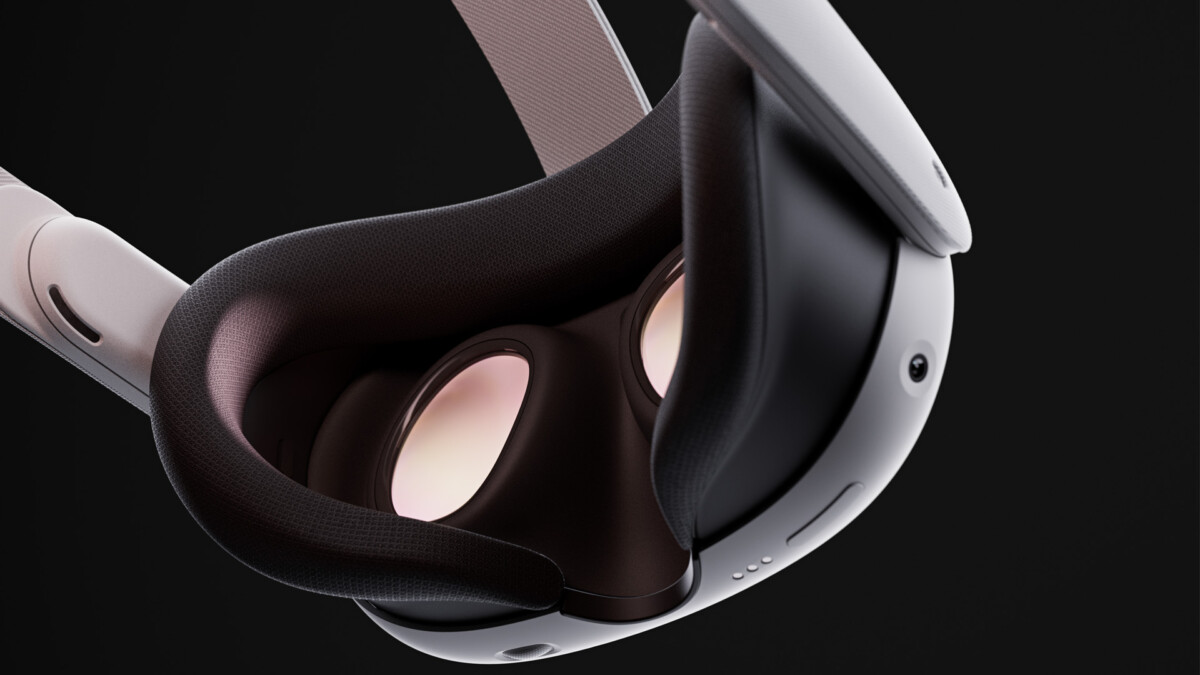Quest 3's new adaptive display dimming could improve black levels

The Quest v68 update brings an interesting new feature that reduces the brightness of the displays depending on the content.
The v68 firmware update brought many new features and improvements. Among them is the easily overlooked experimental display dimming.
Meta calls the new feature "Content Adaptive Brightness Control". It "reduces contrast in darker scenes, improving the display experience", according to Meta.
MIXED will test the feature as soon as it becomes available.
What to expect from the new feature
The description suggests that an algorithm analyzes the image and reduces the brightness of the displays accordingly. You can adjust the brightness manually in Quest's quick settings and test the effect on games yourself. However, Meta's solution probably involves more than that.
There are pros and cons to simply lowering the brightness. One advantage is that the grayish black of the LCDs is softened, making dark scenes more atmospheric. The downside is that details can be lost as the contrast also decreases when the brightness is lowered.
The question is how well the algorithm works. It must be able to dynamically adapt to the change between bright and dark scenes. The quality of the setting is equally important. Too much dimming would degrade image quality, too little would do little to improve it.
Horror games and titles with continuous dark scenes are likely to benefit the most from the brightness control. But don't expect a game changer. An LC display remains an LC display.
Optimum black levels only with OLED displays
Display dimming should not be confused with local dimming, which is a feature available only with Quest Pro.
The headset can turn more than 500 individual mini LEDs on and off, allowing for a locally deeper black than usual with regular LC displays. However, a blooming effect can be seen.
Only OLED-based displays, such as the Playstation VR 2 or Apple Vision Pro have, deliver true deep blacks. With OLED displays, each pixel can be controlled and turned off completely.
OLED microdisplays, such as those in the Apple Vision Pro, are seen as the future of VR because of their high luminance and small size. Their current drawback is that they are very expensive to manufacture. It is estimated that the Vision Pro displays alone cost more than all the components in the Quest 3.
Note: Links to online stores in articles can be so-called affiliate links. If you buy through this link, MIXED receives a commission from the provider. For you the price does not change.